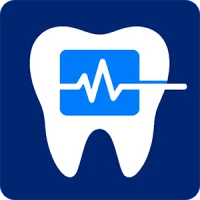
Dental Blog
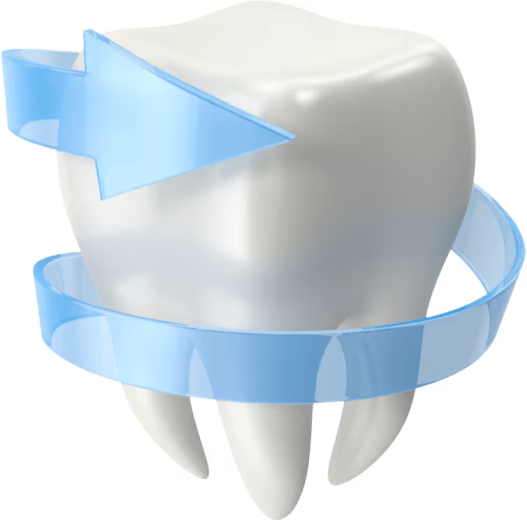

Resources for Dentists
Dive deep into helpful guides and in-depth information about:

Your Resource for Dentistry Insights
Sedation dentistry is evolving. Regulations change, compliance requirements grow, and practices need tools to stay ahead. The Sedate Dentistry Blog is here to help you learn, adapt, and succeed with resources built for dentists, oral surgeons, and office managers.

Explore Topics That Matter

Sedation Dentistry
Learn about sedation dentistry's best practices, compliance tips, and case studies.

Patient Vitals Monitoring
Device integrations, patient monitoring, and technology insights.

Patient Forms & Experience
Intake forms, digital consent, and patient-focused workflows and user experience.

Dental Practice Growth
Grow your dental practice with in depth guides, tutorials, and software reviews.
Recent Guides for Dentists
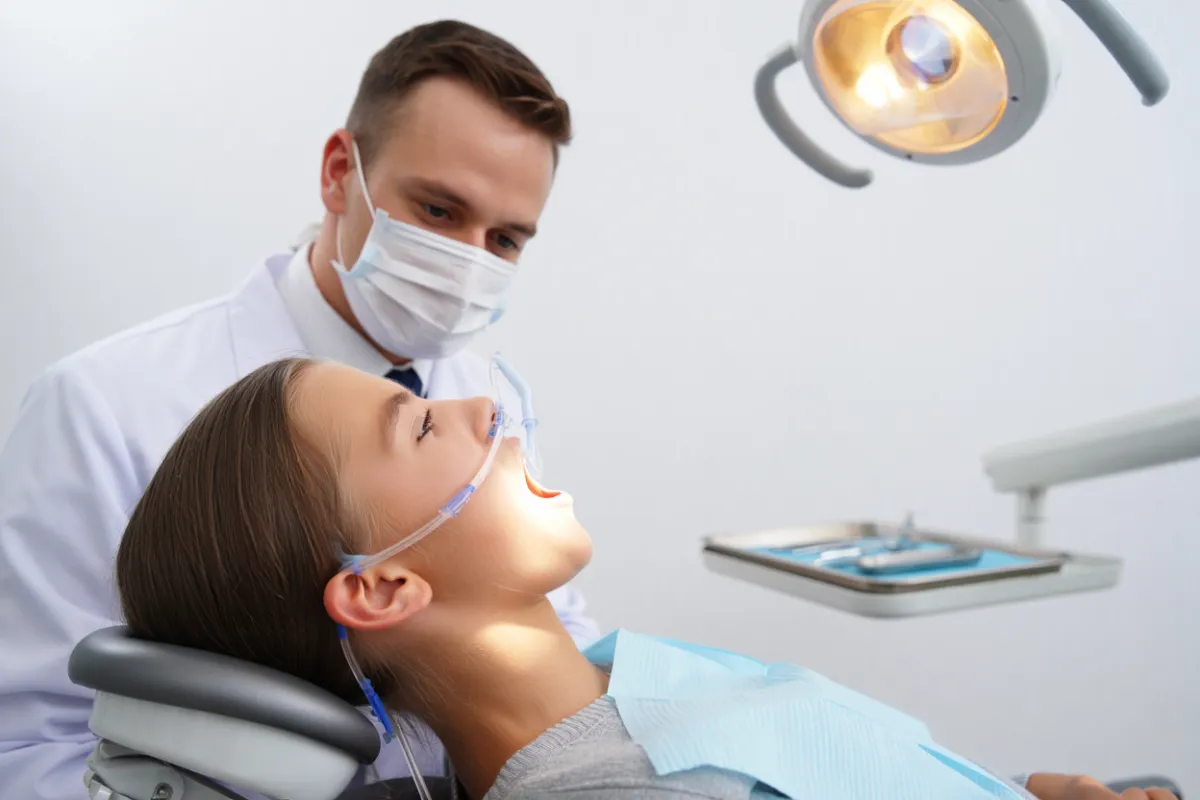
Sedation Dentistry for Kids: Is It Safe?
Parents ask this first because it matters most: is pediatric sedation dentistry safe for kids? Safety is possible when screening is careful, monitoring is relentless, doses are weight-based and documented live, and discharge depends on a short checklist—not the clock. This guide explains how providers keep kids safe, what risks exist and how they’re managed, and what you should expect before, during, and after the visit.
Table of Contents
Sedation Dentistry for Kids: Is It Safe?
What “safe” means in pediatric sedation
Which kids benefit from sedation, and who needs extra screening
What types of pediatric sedation are used and how they differ
What the real risks are and how teams reduce them
Why monitoring is the backbone of safety
What “good” monitoring looks like in a pediatric room
How doses stay safe: weight, ceilings, and live documentation
Why IV sedation can be the safer choice for some children
What parents should expect on the day of the visit
What the discharge checklist looks like and why it matters
How clinics make safety easier with the right software
What parents can do at home to keep recovery smooth
How to evaluate a practice’s answers before you book
Frequently asked questions parents actually ask
Will my child remember the visit?
Sedation dentistry for kids helps anxious or very young patients receive necessary care without fear or struggle. Safety comes from systems, not luck: pre-visit screening, clear roles in the room, steady monitoring, weight-based dosing with mg/kg ceilings, and objective discharge criteria. This article gives parents and teams a practical, transparent view of pediatric sedation safety—and shows how clinics use Sedation visit record software, Patient Vitals Monitor Integrations, and Dental sedation compliance to make the safest behavior the easiest behavior.
What “safe” means in pediatric sedation
Safety means the practice consistently prevents problems and proves it on the chart. Teams achieve this by screening airway and health risks, choosing the least invasive plan that works, watching oxygen and breathing continuously, recording vitals at set intervals, and using a written discharge checklist. Records that are typed live—rather than reconstructed later—let reviewers confirm safety in seconds.
Which kids benefit from sedation, and who needs extra screening
Candidacy depends on medical status, airway risk, behavior, procedure demands, and home support.
● Healthy kids with severe anxiety, a strong gag reflex, or developmental differences often do best with nitrous or oral medication.
● Longer or more stimulating procedures may require IV sedation in an appropriately credentialed setting.
● Children with snoring, enlarged tonsils, or obstructive sleep apnea (OSA) get extra airway screening; some will be safer with IV sedation or hospital-based care.
Clinics record these decisions and rationale inside digital sedation visit records so the safety plan is visible to the whole team.
What types of pediatric sedation are used and how they differ
Options range from simple nitrous oxide to oral medication and IV sedation. Choosing the right approach balances cooperation, procedure length, and safety resources.
What the real risks are and how teams reduce them
Sedation risks are known and manageable when systems are followed. The table below pairs real concerns with everyday mitigations.
Why monitoring is the backbone of safety
Monitoring turns small changes into early, fixable warnings. Children compensate until they don’t, so teams watch oxygen and breathing continuously and record blood pressure at predictable intervals. Clinics stream device data to the chart through Patient Vitals Monitor Integrations so the Recorder can focus on doses and events instead of retyping numbers.
What “good” monitoring looks like in a pediatric room
Good monitoring is predictable, visible, and enforced by a timer—especially when kids move.
● Two baseline vitals sets before medication establish a trustworthy starting point.
● During onset, teams watch SpO₂/HR closely and check NIBP once the trend stabilizes.
● During treatment, oral/intranasal plans use a 10–15 minute cadence, IV plans use a five-minute cadence, with “extra entries” during stimulation spikes.
● Recovery is unhurried and documented; discharge is by checklist, not impression.
For a detailed cadence you can share with staff, see Patient Monitoring During Pediatric Sedation: Best Practices and Pediatric Sedation Charting: Best Practices for Accuracy.
How doses stay safe: weight, ceilings, and live documentation
Pediatric dosing is mg/kg with clear ceilings. The safest clinics put each child’s weight (kg), mg/kg ceilings for planned medications, and reversal availability at the top of the chart. Every medication entry includes name and concentration, route, exact dose, time, indication, immediate response, running total, and mg/kg. paperless sedation visit logs keeps totals next to ceilings and prevents late-night guesswork.
Why IV sedation can be the safer choice for some children
IV isn’t “more risky” by default—it’s more adjustable. In appropriately credentialed settings, IV allows second-by-second control, rapid reversal of depth, and clearer correlation between stimulation and response. For longer, surgically stimulating care or children with strong gagging, IV with capnography and five-minute intervals may be safer than repeating oral visits that never quite succeed.
What parents should expect on the day of the visit
Predictable steps keep kids calm and rooms steady.
● Check-in confirms escort, medical changes, weight, and fasting status.
● Two baseline vitals anchor the trend; sensors are secured and signal quality is checked.
● Medication is given as planned; lights dim; a show or comfort item helps keep stillness.
● Local anesthesia is used even with sedation; comfort is tested before work begins.
● Monitoring continues at a steady cadence with extra entries when needed.
● Recovery is quiet; sips are offered when appropriate; discharge is by checklist.
What the discharge checklist looks like and why it matters
Discharge uses objective criteria so kids go home safely and consistently.
How clinics make safety easier with the right software
Safety scales when the record guides behavior. Teams that use sedation record software (digital) keep intake, vitals, medications, nitrous, events, and discharge on one screen. Device-fed vitals eliminate transcription. Templates mirror the short sentences staff already say out loud. Policy text and handouts live inside sedation compliance software so updates appear where people click.
What parents can do at home to keep recovery smooth
Recovery is simple when you plan for calm and supervision.
● Expect drowsiness; schedule quiet activities and close adult supervision for the rest of the day.
● Start with small sips; choose soft, cool foods; avoid hot liquids until sensation is normal.
● Protect numb lips and cheeks—especially for lower dental work.
● Call the office if breathing seems difficult, vomiting is persistent, pain isn’t controlled by the plan you were given, or anything worries you.
How to evaluate a practice’s answers before you book
A five-minute call can separate great practices from the merely convenient.
● Ask how they screen for airway risk (snoring, OSA) and how they decide on the level of sedation.
● Ask what they monitor and how often they record it.
● Ask who owns the timer and live documentation during the visit.
● Ask how they decide when your child can go home.
● Ask whether they stream device data into a digital sedation record.
Great practices will answer confidently and specifically. For a deeper parent guide on choosing providers, see Pediatric Sedation Dentistry Near Me: What to Know Before Choosing.
Frequently asked questions parents actually ask
Short, clear answers reduce worry.
Will my child be asleep?
Most pediatric plans aim for relaxed and drowsy—kids breathe on their own and respond to cues unless a deeper plan is indicated in the right setting.
Is sedation safe for kids?
With appropriate screening, steady monitoring, weight-based dosing, and objective discharge, pediatric sedation is very safe for eligible children.
Will my child remember the visit?
Many don’t remember much with oral/IV plans; nitrous alone reduces anxiety but isn’t amnestic.
What if my child moves a lot?
Teams use positioning, gentle head support, and brief pauses. Monitoring continues; the Recorder logs “extra entries” during busy moments so the chart reads like the room felt.
Why can’t we just do it without sedation?
Some children need help to complete necessary care safely. The least invasive plan that works is the safest plan.
Bottom line
Sedation dentistry for kids is safe when systems are strong: thoughtful screening, predictable monitoring, weight-based dosing with visible ceilings, live documentation, and objective discharge. Parents should expect specific answers to safety questions, a calm and structured visit, and a record that explains exactly what happened. With the right team and tools, kids complete care comfortably and go home safely.
Next Steps
Book a Free Demo to see how Sedate Dentistry’s Digital Sedation Visit Records Software can streamline and replace paper sedation visit records—saving time, money, and increasing compliance while reducing liability and improving the quality of patient records.
Ready to modernize your sedation documentation? Book a Free Demo with us today.

Stay Ahead of the Curve
Benefits of Following Our Blog
Learn compliance best practices.
Discover new sedation software features.
Get expert tips for improving patient care.
See how practices are switching from paper or competitors like Xchart.

Learn More About Sedate Dentistry?
Request a software demo today. See how we can digitalize your sedation visit records.
Simple Pricing, No Hidden Fees
No limits on Procedures or Patients (additional fees for additional offices and dentists)
Testimonials
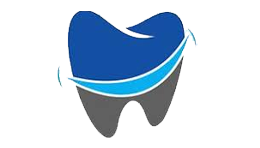
SmileRight Dentistry
Here's Sedate Dentistry Software in a nutshell. Time Saver. Money Saver. Easy to use. Amazing support. End of story.
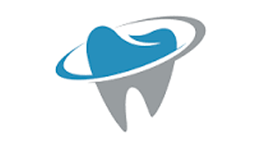
DentalClean
We learned about Sedate Dentistry from one of their other sister companies Edental. We switched from Xchart and this app works great.
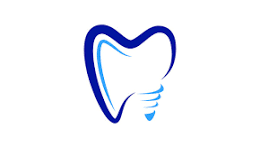
Metro Dentistry
The team at Sedate Dentistry has been amazing, especially Josh who helped integrate into our Edan X10. Much better than Xchart and a fraction of the price.
Contact Us
Contact Us
3165 West 4700 South, Suite A, Taylorsville Utah 84129



















